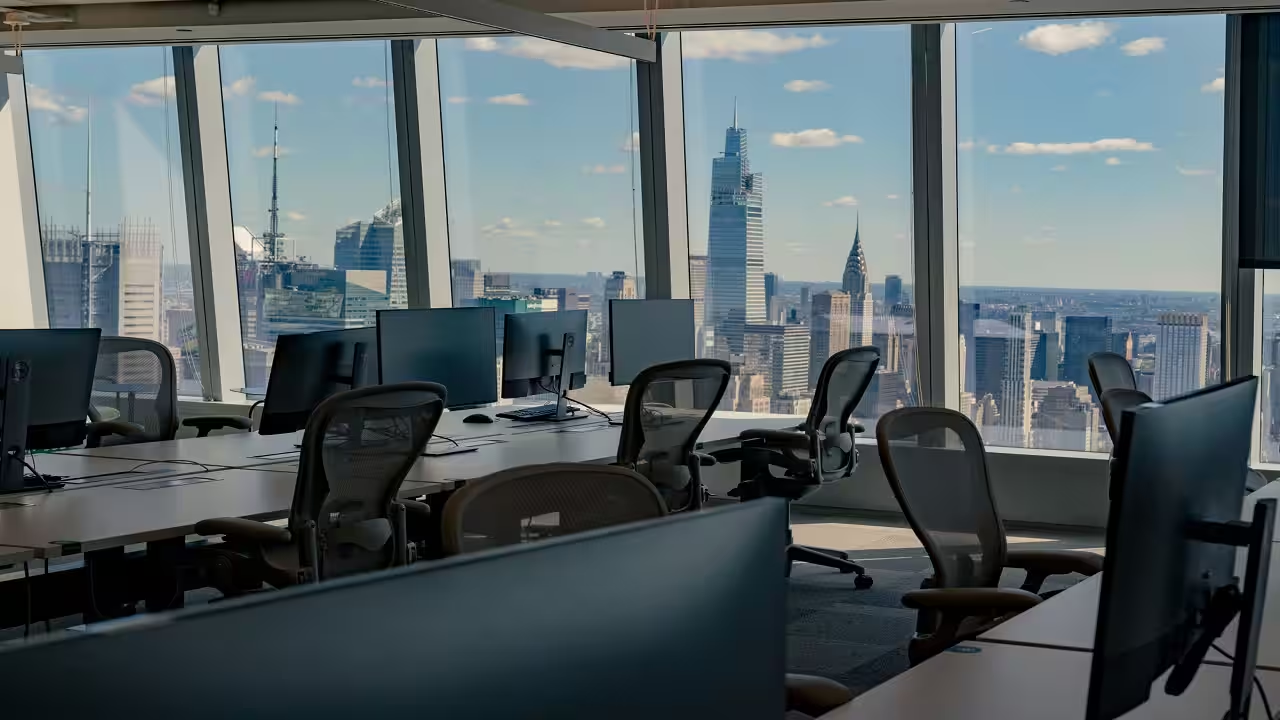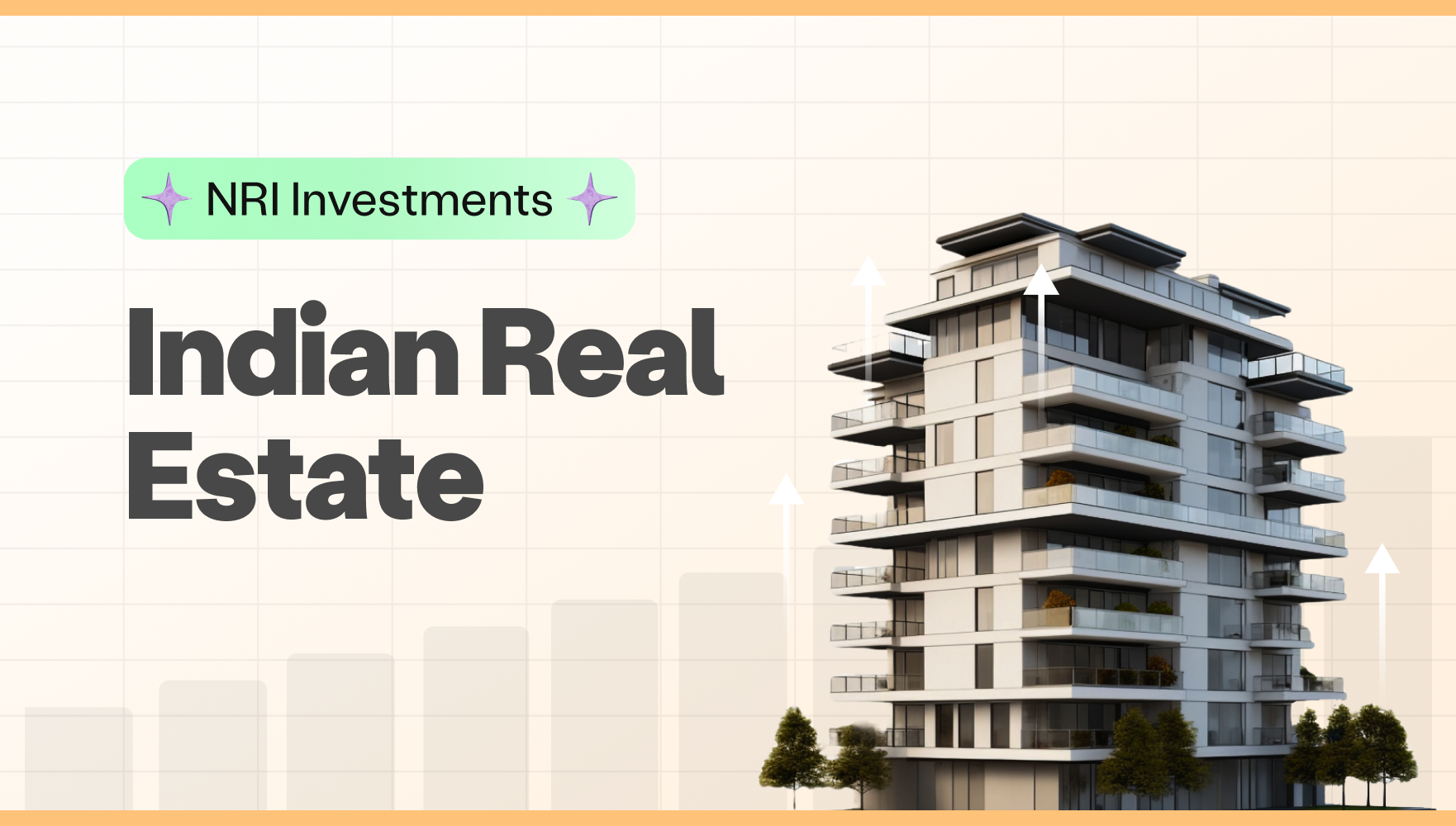For decades, Mumbai’s towering commercial buildings and bustling business districts symbolized India’s economic might. But the winds of change are blowing. A young entrepreneur named Maya, fresh out of business school, envisions a new work style.
She dreams of collaborative workspaces brimming with innovation, not the confines of traditional office spaces. Her vision reflects a broader shift – India’s commercial real estate market is undergoing a metamorphosis, driven by a confluence of factors.
Key Trends Reshaping the Market
India’s commercial real estate market is experiencing a transformation fueled by several key trends:
Rise of Tier 2 and Tier 3 Cities: Traditionally, metros like Mumbai, Delhi, and Bangalore dominated the commercial space. However, the narrative is changing. Tier 2 and Tier 3 cities like Pune, Ahmedabad, and Coimbatore are witnessing a surge in demand for office space due to lower operational costs and a growing talent pool.
Changing Workplace Dynamics: The concept of a traditional 9-to-5 office is fading. The rise of remote work, co-working spaces, and flexible work arrangements is prompting a demand for agile work environments with collaborative spaces and technological infrastructure.
E-commerce Boom: The exponential growth of e-commerce is driving the demand for warehousing and logistics facilities. Strategically located warehouses near major transportation hubs are becoming increasingly sought-after.
Focus on Sustainability: Environmentally conscious companies are prioritizing sustainable buildings with energy-efficient features and green certifications. This trend is prompting developers to invest in green building practices.
Technology Integration: Technological advancements like smart building technologies and data analytics are being integrated into commercial spaces to enhance efficiency, security, and tenant experience.
Investment Opportunities
These trends present exciting investment opportunities across various segments of the commercial real estate market:
Co-working Spaces: The demand for flexible workspace solutions is expected to rise, making co-working spaces an attractive option for investors.
Warehousing and Logistics: The e-commerce boom presents lucrative opportunities for investment in strategically located warehouses and logistics parks.
Specialized Office Spaces: Catering to specific industries like healthcare or IT with specialized infrastructure can attract long-term tenants and generate stable returns.
Challenges and Considerations
While the outlook is promising, there are challenges to navigate:
Vacancy Rates: High vacancy rates in some segments, particularly traditional office spaces, require innovative strategies to attract tenants.
Infrastructure Development: The need for robust infrastructure like efficient transportation networks and reliable power supply is crucial for sustained growth.
Regulatory Environment: A transparent and efficient regulatory environment is essential for attracting investors and ensuring smooth market operation.
The Future of India’s Commercial Real Estate
Despite these challenges, the future of India’s commercial real estate market appears bright. The growing economy, coupled with evolving workplace trends and increasing urbanization, will continue to fuel demand.
Here’s what we can expect:
Increased Focus on Tenant Experience: Landlords will prioritize creating a positive tenant experience by offering amenities, community spaces, and fostering a collaborative environment.
Personalization and Flexibility: Catering to diverse tenant needs with customizable workspace solutions and flexible lease options will be key.
Technological Transformation: Integration of innovative technologies like artificial intelligence and Internet of Things (IoT) will lead to smarter, more efficient commercial spaces.
Sustainability as a Differentiator: Green buildings with energy-saving features and a focus on occupant well-being will become the norm.
FAQ
Q. What are the key drivers of growth in the Indian commercial real estate market?
A. The rise of Tier 2 and Tier 3 cities, changing workplace dynamics, the e-commerce boom, and a focus on sustainability are some key drivers.
Q. What are some promising investment opportunities?
A. Co-working spaces, warehousing and logistics facilities, and specialized office spaces offer attractive investment potential.
Q. What are the challenges facing the market?
A. High vacancy rates in some segments, infrastructure development needs, and a complex regulatory environment.
Conclusion
India’s commercial real estate landscape is being reshaped by a dynamic interplay of economic, technological, and social factors. Understanding these trends is crucial for businesses, investors, and developers alike. By embracing innovation, sustainability, and a focus on tenant needs, the Indian commercial real estate market can evolve into a vibrant ecosystem that fosters business growth and innovation.
Reference By:
Similar Topics
Boom or Bust? Unveiling the Future of Dubai’s Real Estate Market
Dubai’s property market has defied global trends, but will rising interest rates and geopolitical tensions trigger a slowdown? Explore the…
The Real Estate Market Gears Up for a New Generation of Homeowners
Explore the factors driving a surge in new homebuyers and how the real estate market is adapting to their evolving…
How NRI Investments are Shaping Indian Real Estate Market
Explore the rising trend of NRI investment in Indian real estate. Understand the factors driving this growth, investment options, and…
Why Real Estate Players are Turning to Debt Deals
Explore the rising trend of real estate players utilizing debt deals to finance projects. Understand the benefits, challenges, and future…
5 Trends shaping Indian Residential Real Estate Landscape in 2024
Dive into the top 5 trends transforming India’s residential real estate market in 2024. Discover evolving buyer preferences, innovative…
Is Real Estate India’s Safest Investment? Weighing the Pros and Cons
Is Indian real estate a guaranteed path to wealth? Explore the advantages and potential drawbacks of investing in Indian…






